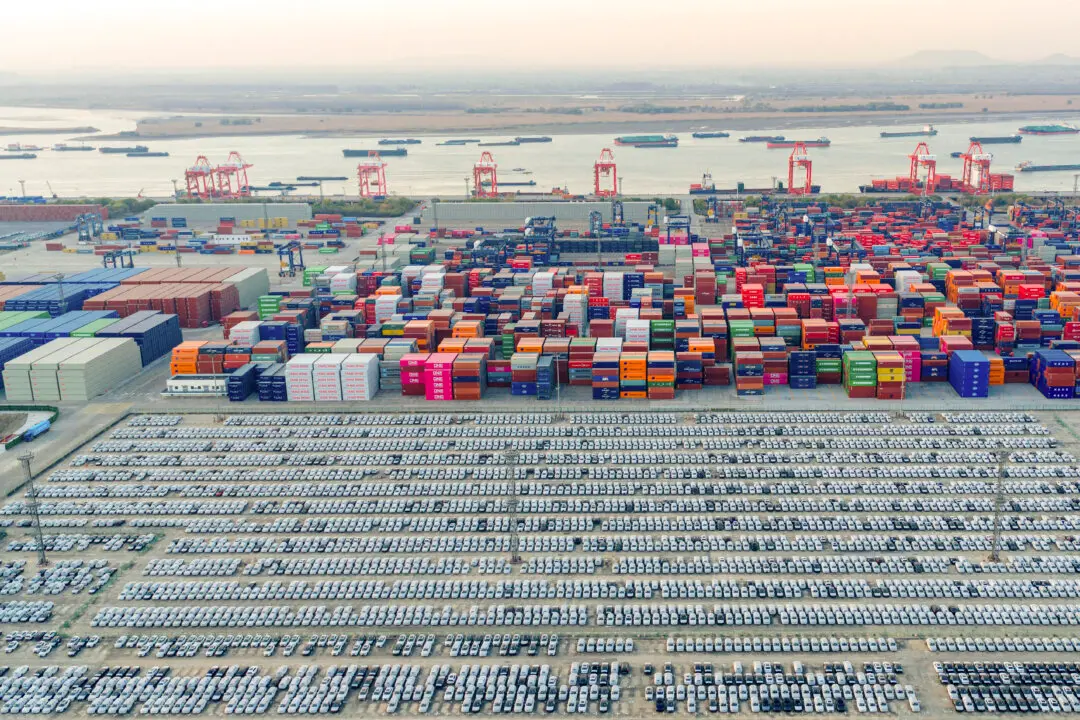Commentary
The recent disappointing report on the gross domestic product (GDP) may reflect statistical particulars more than the immediate onset of a recession. But the real thing nonetheless lies on the horizon, probably in the next 18 to 24 months.





